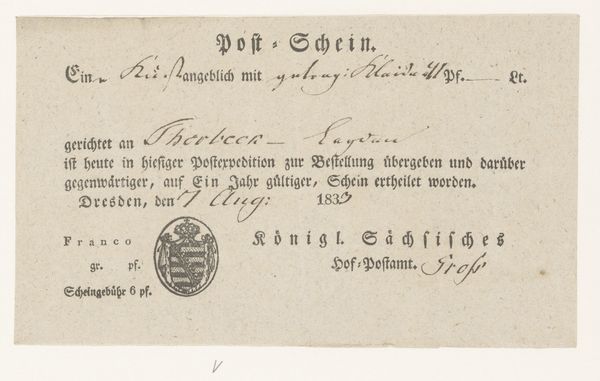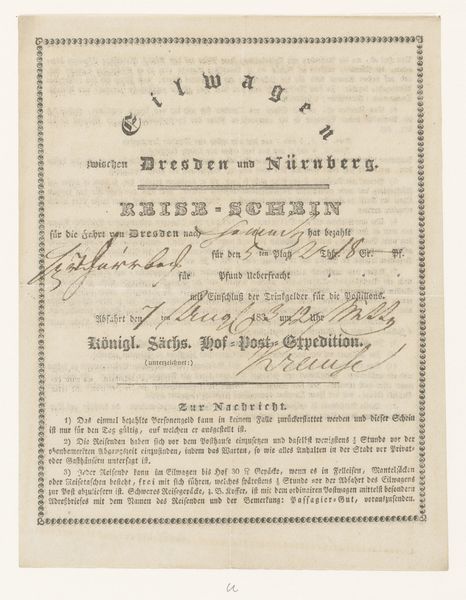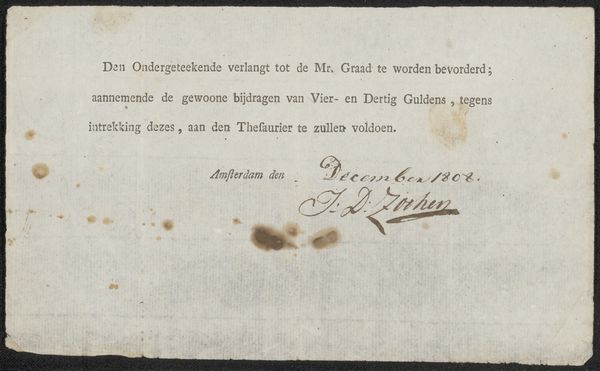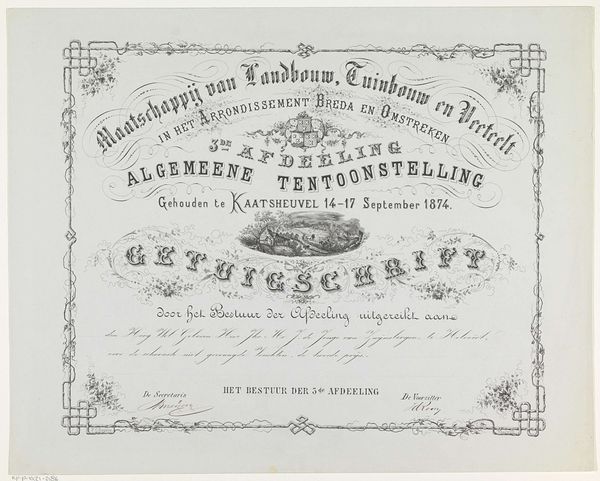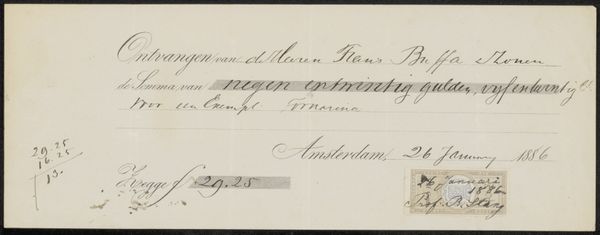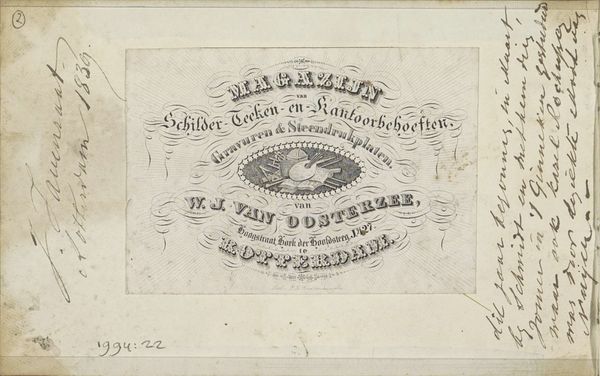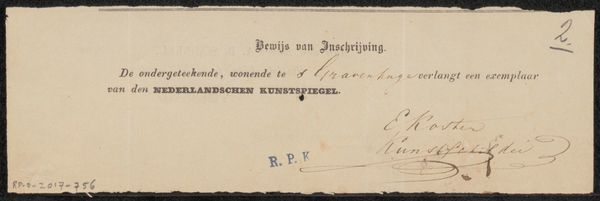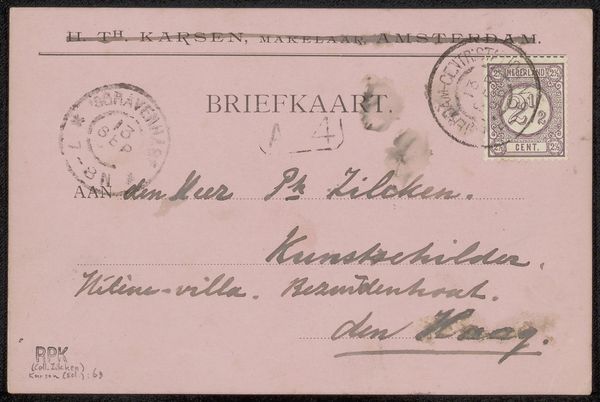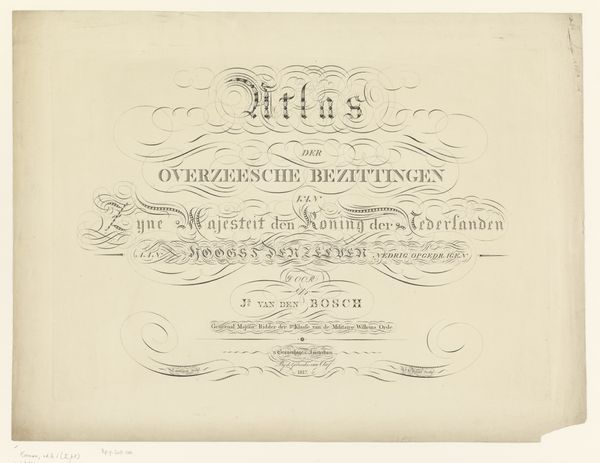![<i>Musterblätter enthaltend die anwendbarsten Jagdstücke u. Arabesken für Büchsenschäfter, Graveure etc.</i> (Zella bei Gotha, n.d. [1849/50]) (Patternbook of Engraved Designs for Firearms Ornament), from the workshop of Louis D. Nimschke (1832–1904) by Gustave Ernst](/_next/image?url=https%3A%2F%2Fd2w8kbdekdi1gv.cloudfront.net%2FeyJidWNrZXQiOiAiYXJ0ZXJhLWltYWdlcy1idWNrZXQiLCAia2V5IjogImFydHdvcmtzLzE0ZmM0YTFhLTUwZTMtNDYzMy04NjM3LTJjOTBlOGU4OTFjOC8xNGZjNGExYS01MGUzLTQ2MzMtODYzNy0yYzkwZThlODkxYzhfZnVsbC5qcGciLCAiZWRpdHMiOiB7InJlc2l6ZSI6IHsid2lkdGgiOiAxOTIwLCAiaGVpZ2h0IjogMTkyMCwgImZpdCI6ICJpbnNpZGUifX19&w=3840&q=75)
<i>Musterblätter enthaltend die anwendbarsten Jagdstücke u. Arabesken für Büchsenschäfter, Graveure etc.</i> (Zella bei Gotha, n.d. [1849/50]) (Patternbook of Engraved Designs for Firearms Ornament), from the workshop of Louis D. Nimschke (1832–1904) 1849 - 1850
0:00
0:00
graphic-art, print, paper, typography, engraving
#
graphic-art
# print
#
paper
#
typography
#
engraving
Dimensions: 7 1/2 x 4 1/8 in. (19 x10.5 cm)
Copyright: Public Domain
Curator: Here we have a fascinating engraved pattern book from around 1849 or 1850, entitled "Musterblätter enthaltend die anwendbarsten Jagdstücke u. Arabesken für Büchsenschäfter, Graveure etc." created in the workshop of Louis D. Nimschke. Editor: It's visually arresting. There is an aged quality to the paper, giving the impression of fragility and permanence, emphasized by the precise black typography. The various flourishes really dance across the surface. Curator: Indeed. If we consider the work's title more directly—Patternbook of Engraved Designs for Firearms Ornament—we are immediately clued into its function. This isn’t a piece meant for purely aesthetic contemplation, but as a resource for gunsmiths and engravers, showcasing designs for decorating firearms. Editor: That designation has massive implications for interpretation. Suddenly, the question becomes less about artistry and more about the work of the hand that produced it, and its potential influence within a specific trade. Was it widely circulated? Did it impact gun ornamentation significantly? Curator: Precisely! The composition itself follows a distinct logic; it isn't haphazard. Note the careful arrangement of typefaces and decorative elements. There is a clear hierarchy in the information, from the bold title to the details about the publisher. This book provides a vocabulary of forms for engravers: arabesques, hunting scenes... Editor: Forms produced through the technical craft of engraving itself. Thinking about the materials used—the paper, the ink, the metal plate—and the labour required to transfer images, it highlights an interesting intersection of artistry and industrial process. It wasn’t fine art. It was a very practical pattern, which then becomes embedded into functional yet ornate tools. Curator: And even though utilitarian, there's undeniable elegance. Look at the swooping lines of the lettering and decorative borders; these arabesques invoke 18th-century ornament and Rococo curves while functioning within a mid-19th-century context. Editor: Exactly. So, this humble-looking pattern book, meant for dissemination to the trades, shows that objects of function have the power to represent cultural currents and, in doing so, becomes an artistic product itself. Curator: The tension between artistry and mere function becomes almost a dance itself within the object. Editor: Yes, and considering how easily overlooked it is, recognizing the artistry of these "lesser" patterns gives new importance to those who designed them and those who incorporated them.
Comments
No comments
Be the first to comment and join the conversation on the ultimate creative platform.
